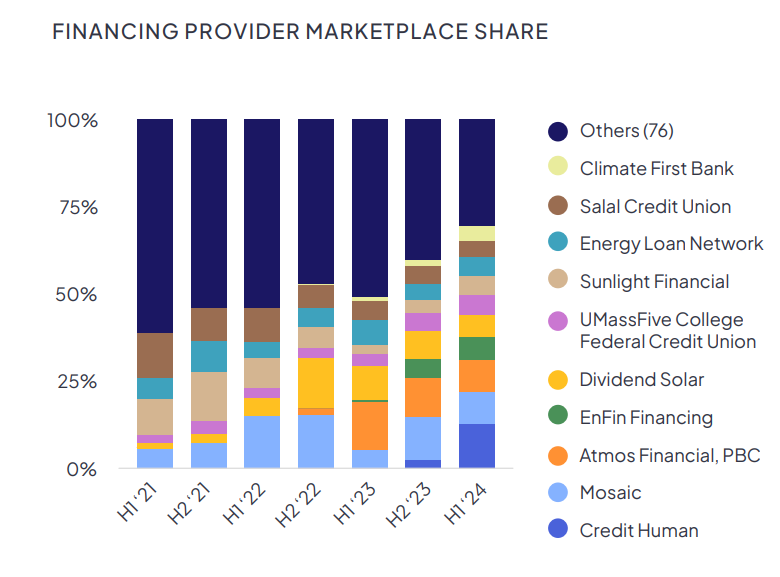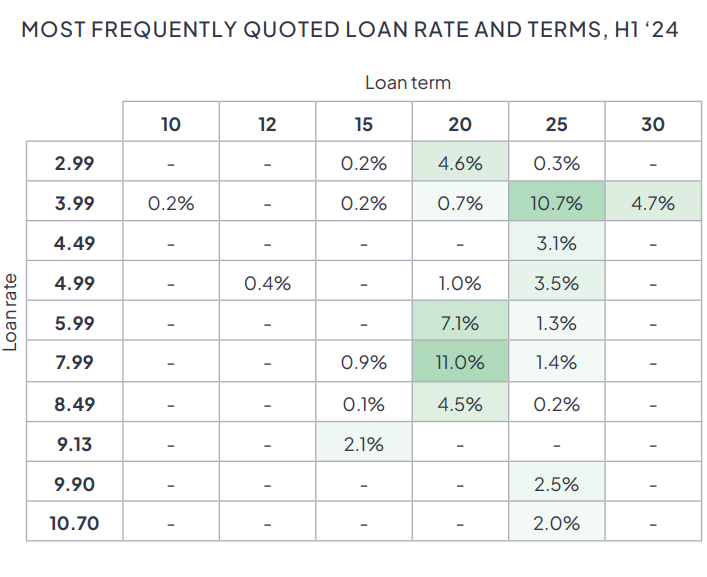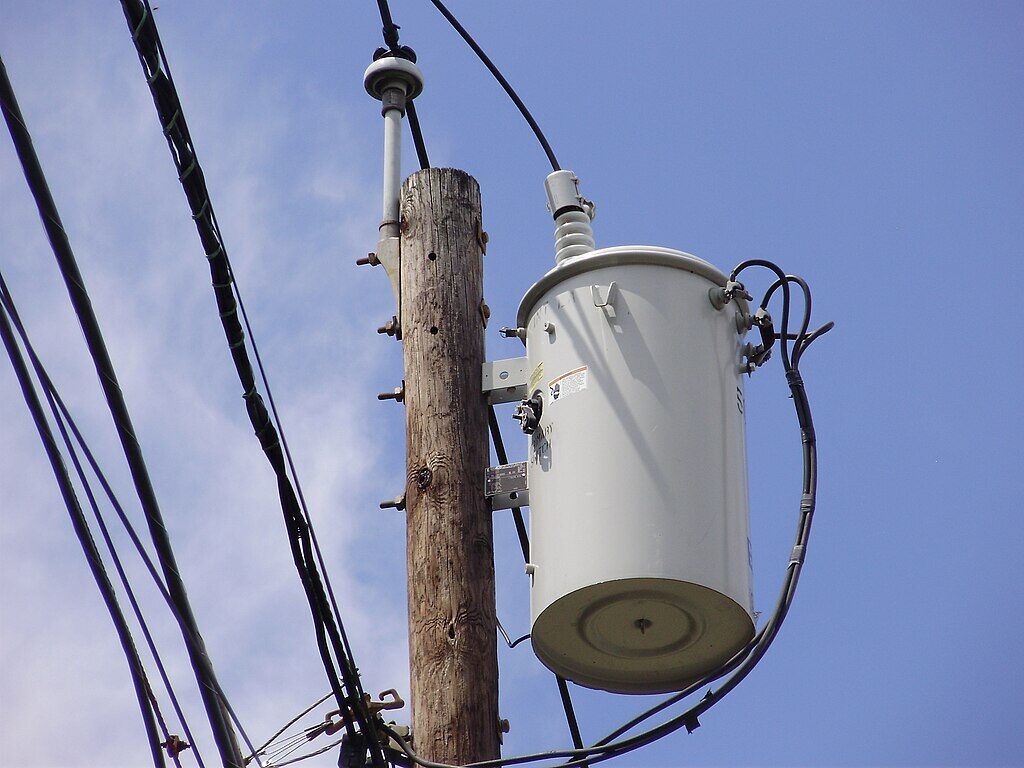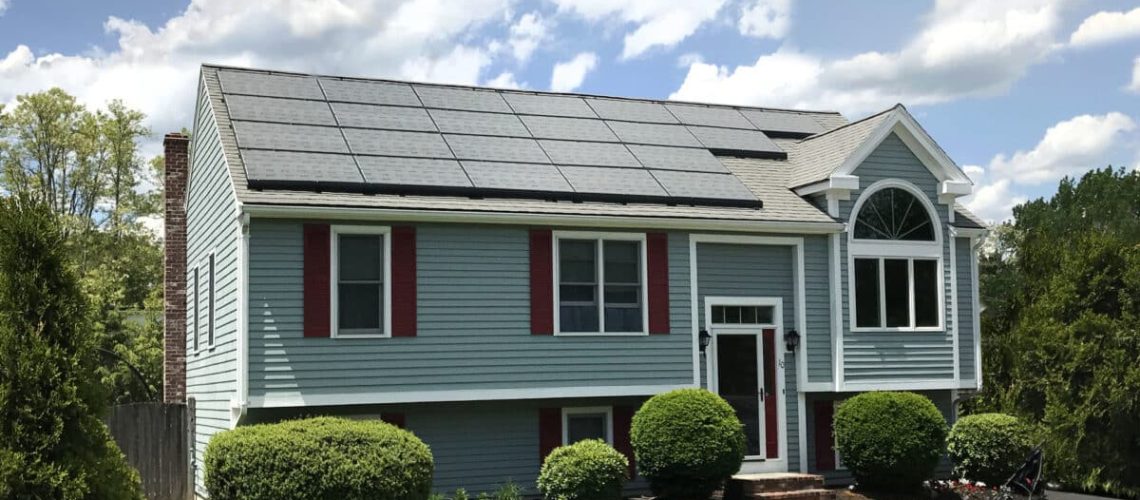Residential solar customers typically purchase their project via a loan, cash, or a third-party owned contract like a lease or power purchase agreement (PPA). Marketplace operator EnergySage shared data through the first half of 2024 on trends in residential solar loan packages.
As of the end of 2023, WoodMackenzie reported that 57% of residential solar installations were purchased via a loan.
EnergySage said compared to solar leases, solar loans afford solar shoppers several advantages. Loans enable access to the federal solar tax credit and state and local incentives, greater long-term savings, and result in system ownership.
“While third-party-owned systems are increasing in popularity outside of EnergySage due to the Inflation Reduction Act’s establishment of tax credit adders, solar loans remain the preferred financing option among homeowners and installers on EnergySage,” said the report.
The two main components of a residential solar loan are the upfront dealer fee, and the interest rate, which reflects in monthly payment amounts. EnergySage said that installers have moved toward lower upfront fees in recent months.
About 40% of loans quoted on EnergySage in H1 2024 were zero-fee loans. The report said this is why Credit Human rose from about 2.5% of all quotes on the EnergySage platform in 2023 to nearly 13% in the first half of 2024. The market share among residential solar financiers is still highly distributed, as seen in the chart below.

Along with lower dealer fees, average interest rates quoted in loan packages are rising. The median interest rate for loans on EnergySage increased again, from 5.5% in H2 2023 to 7.49% in H1 2024.
Interest rates have risen precipitously for solar loans, with the average quote showing a rate of 2.99% in 2022, and average rates today of 7.49% for a 20-year loan product.

Popular content




